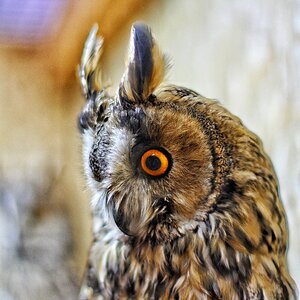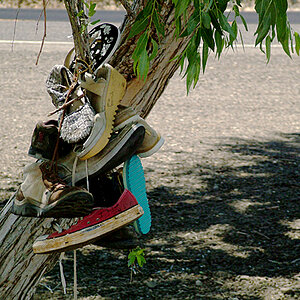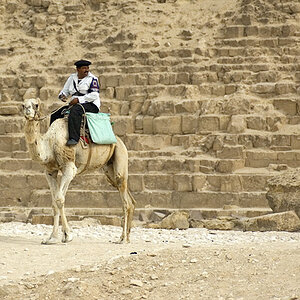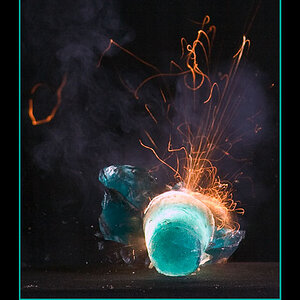MHB
TPF Noob!
- Joined
- Aug 18, 2012
- Messages
- 48
- Reaction score
- 0
- Location
- north MS
- Can others edit my Photos
- Photos NOT OK to edit
Two part question
1) I heard someone on a youtube video say if you push your iso you should let your lab know so they can process it correctly. Is that true?
2) If you push 400 to say...800 will you get the grain you would usually see in 800 or will it just give you the faster speed?
1) I heard someone on a youtube video say if you push your iso you should let your lab know so they can process it correctly. Is that true?
2) If you push 400 to say...800 will you get the grain you would usually see in 800 or will it just give you the faster speed?



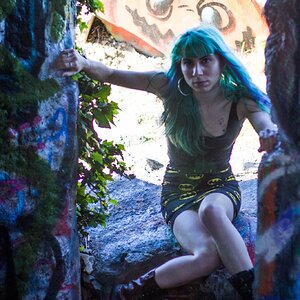
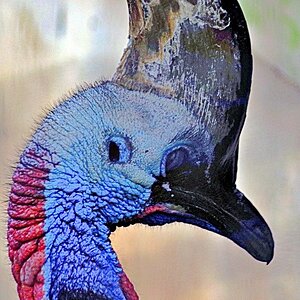
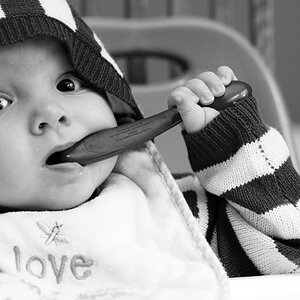
![[No title]](/data/xfmg/thumbnail/35/35867-0c74c728d92f908264af585fd93bd36c.jpg?1619737194)
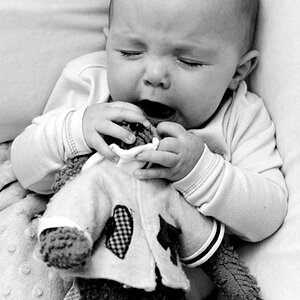

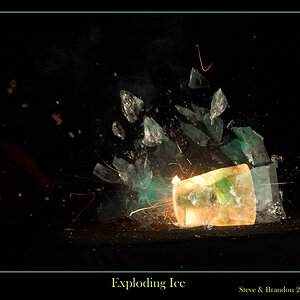
![[No title]](/data/xfmg/thumbnail/35/35868-15d995e4052bf05e2038e8b2a545a08f.jpg?1619737195)
